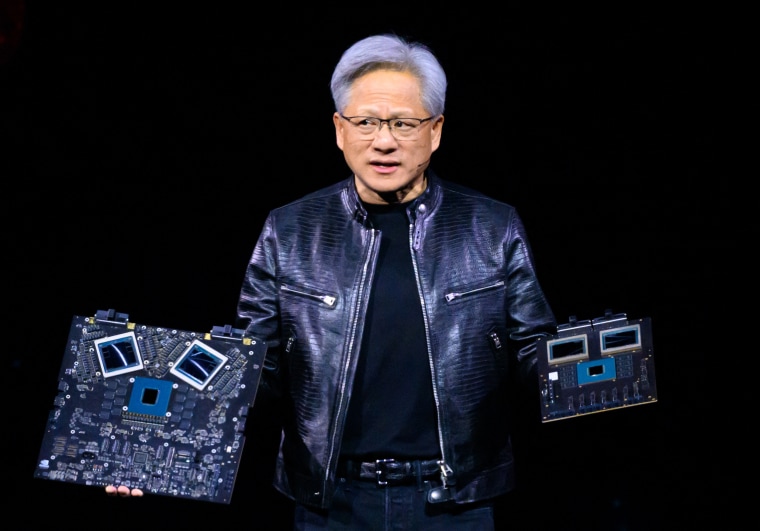In the fiercely competitive landscape of the semiconductor industry, Intel has long been a dominant force, leading the charge as a powerhouse in the U.S. chip market. However, the tech giant is currently facing significant challenges that are hampering its ability to maintain its stronghold and stay relevant in an industry that is rapidly evolving and becoming increasingly competitive.
One of the central issues plaguing Intel is its struggle to keep pace with the technological advancements and shifting market trends that are shaping the semiconductor industry. The company has faced setbacks in its attempts to transition to advanced chip manufacturing processes, particularly with its delayed rollout of 7-nanometer chips. This delay has put Intel at a disadvantage compared to competitors like AMD and TSMC, who have made significant strides in developing more efficient and powerful processors using cutting-edge technology.
Furthermore, Intel’s traditional dominance in the market has been challenged by the rise of specialized semiconductor companies that focus on niche markets and emerging technologies. As the demand for specific applications such as artificial intelligence, cloud computing, and the Internet of Things continues to grow, Intel is finding itself grappling with the need to diversify its offerings and adapt to the changing needs of the market.
Another key factor contributing to Intel’s struggle is the intensifying competition from foreign rivals, particularly from companies based in countries like China and South Korea. These competitors are rapidly expanding their chip capabilities and investing heavily in research and development to challenge Intel’s position as a leader in the industry. Additionally, trade tensions and geopolitical uncertainties have added another layer of complexity to Intel’s competitive landscape, making it more challenging for the company to navigate the global market dynamics effectively.
Despite these challenges, Intel is not without its strengths and advantages. The company possesses a wealth of intellectual property, a vast network of customers and partners, and a legacy of innovation that has solidified its reputation as a pioneer in the semiconductor industry. Intel also continues to invest in research and development efforts to drive technological advancements and maintain its competitive edge in key markets.
To overcome the obstacles it faces, Intel must focus on innovation, agility, and strategic partnerships to navigate the rapidly evolving semiconductor landscape successfully. The company needs to prioritize the development of cutting-edge technologies, streamline its manufacturing processes, and enhance its competitiveness in key growth areas such as data centers, artificial intelligence, and autonomous vehicles.
In conclusion, Intel’s struggle to stay relevant in the U.S. chip industry underscores the challenges that even industry titans face in a dynamic and highly competitive market. By addressing its technological shortcomings, adapting to market trends, and leveraging its core strengths, Intel has the potential to weather the storm, reclaim its position as a leader in the semiconductor industry, and chart a course for sustainable growth and success in the future.




























